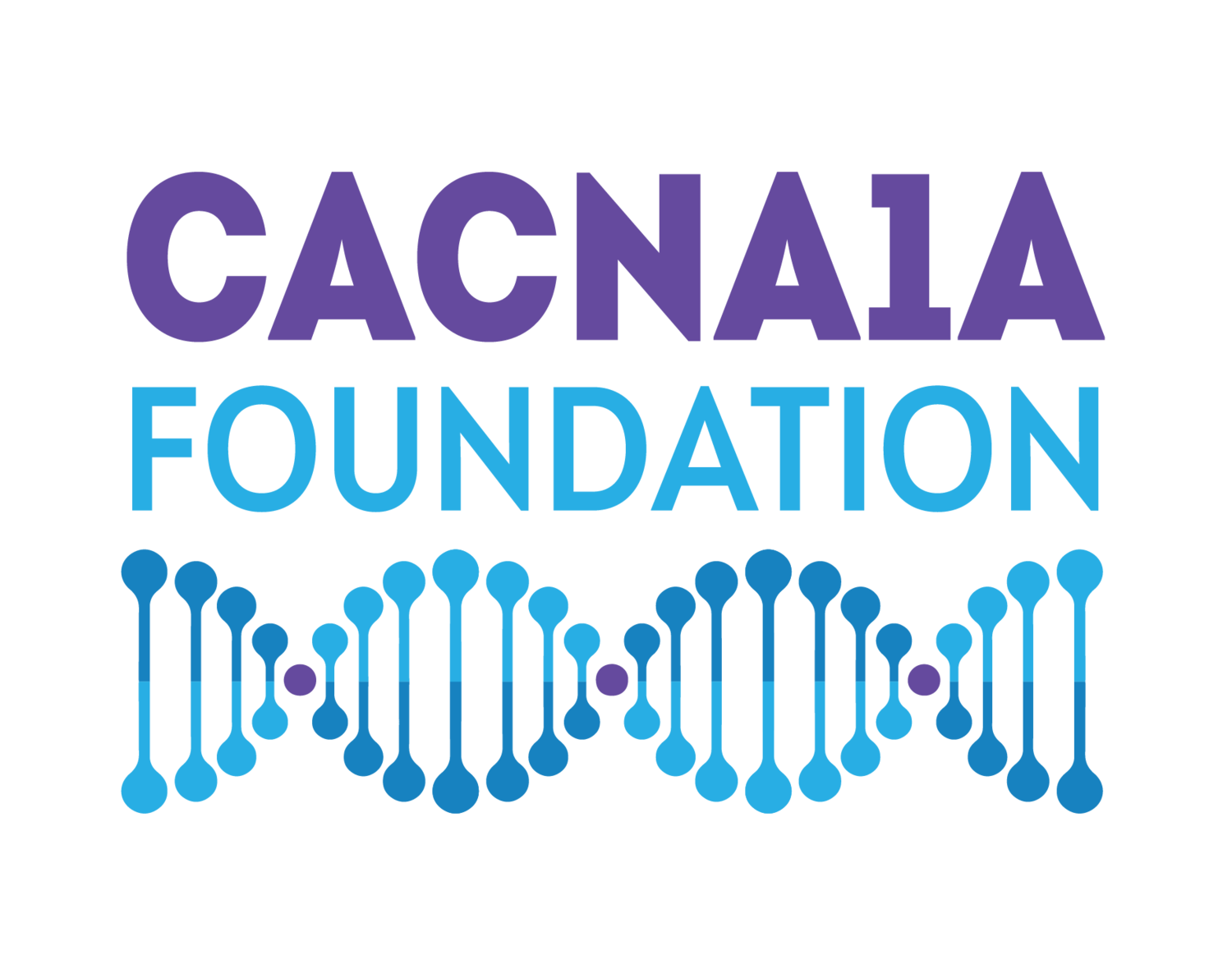Fixing CaV2.1 Functional Expression to Treat CACNA1A Disorders
$75,000 Grant | Awarded June 2023
Henry M. Colecraft, Ph.D. | John C. Dalton Professor of Physiology and Cellular Biophysics and Professor of Pharmacology, Columbia University Irving Medical Center
Abstract: Inherited or de novo mutations in voltage-gated ion channels underlie devastating neurological diseases. Ion channelopathies represent a critical unmet clinical need that present an extraordinary challenge for treatment. This proposal focuses on mutations in CACNA1A which encodes high-voltage-activated CaV2.1 channels that gate Ca2+ influx into presynaptic termini to trigger vesicle fusion and neurotransmitter release. Mutations in CaV2.1 pore-forming α1A-subunit cause a spectrum of neurological diseases, including epileptic encephalopathies (EE), familial hemiplegic migraine type 1 (FHM1), episodic ataxia type 2 (EA2), spinocerebellar ataxia type 6 (SCA6), and intellectual disability (ID). The ClinVar database has entries for >1000 CACNA1A mutations, most of which are classified as variants of unknown significance (437), pathogenic (137), or likely pathogenic (61). There are several challenges for efforts to develop effective therapies for CACNA1A channelopathies: 1) the large number of mutations that give rise to disease make it unclear whether common therapies can be found; 2) the full scope of functional alterations due to individual mutations and how these relate to disease etiology are ambiguous; and 3) lack of novel therapeutics targeted to CaV2.1 functional deficiencies. Though the sheer number of mutations and diversity of disease symptoms appear daunting, we propose to develop a conceptually simple general solution that can potentially be applied to all CACNA1A-mutation-linked diseases. The underlying premise is that essentially all CACANA1A mutation patients are heterozygous, bearing one mutant allele and one wild-type allele. The wild-type allele makes a normal CaV2.1 channel, but only produces half of what is required for healthy brain function. We propose to develop and apply a general method to boost expression of endogenous wild-type CACNA1A in a manner which does not result in pathological over-expression or mis-expression of CaV2.1 in different areas of the brain. In patients whose disease is effectively caused by a CACNA1A haploinsufficiency (due to premature stop codon or frameshift), boosting expression of CaV2.1 is predicted to be sufficient for a beneficial effect. In patients with missense mutations, the CaV2.1 channel protein is made, but with aberrant function that results in disease phenotypes. Thus, a second part of the solution is to selectively eliminate or reduce expression of the mutant channel. We propose to develop and test the efficacy of a general strategy of knocking out mutant channels and boosting wild-type in three distinct types of mutations: missense loss of function, missense gain of function, and haploinsufficiency.
Dr. Henry M. Colecraft is the John C. Dalton Professor and Associate Vice Chair in the Department of Physiology and Cellular Biophysics, and Professor in the Department of Molecular Pharmacology & Therapeutics at Columbia University Irving Medical Center. Dr. Colecraft obtained his BSc in Physiology from the University of London King’s College and his PhD in Pharmacology from the University of Rochester. He completed his postdoctoral training at Johns Hopkins University, where he remained as an Assistant Professor in Biomedical Engineering till he was recruited to Columbia as an Associate Professor in 2007.
Dr. Colecraft is an international leader in the molecular physiology of ion channel proteins that underlie signaling in nerve cells and the heart. He has directed the Ion Channel Physiology & Disease Lab since 2001. His research group has contributed seminal advances to understanding molecular mechanisms underlying the regulation of voltage-dependent Ca2+ and K+ channels by accessory subunits, posttranslational modifications, and signaling molecules. His group also studies how inherited mutations in ion channels lead to devastating diseases (known as ion channelopathies) that span the cardiovascular, neurological, and respiratory systems and in devising new therapies for them.

